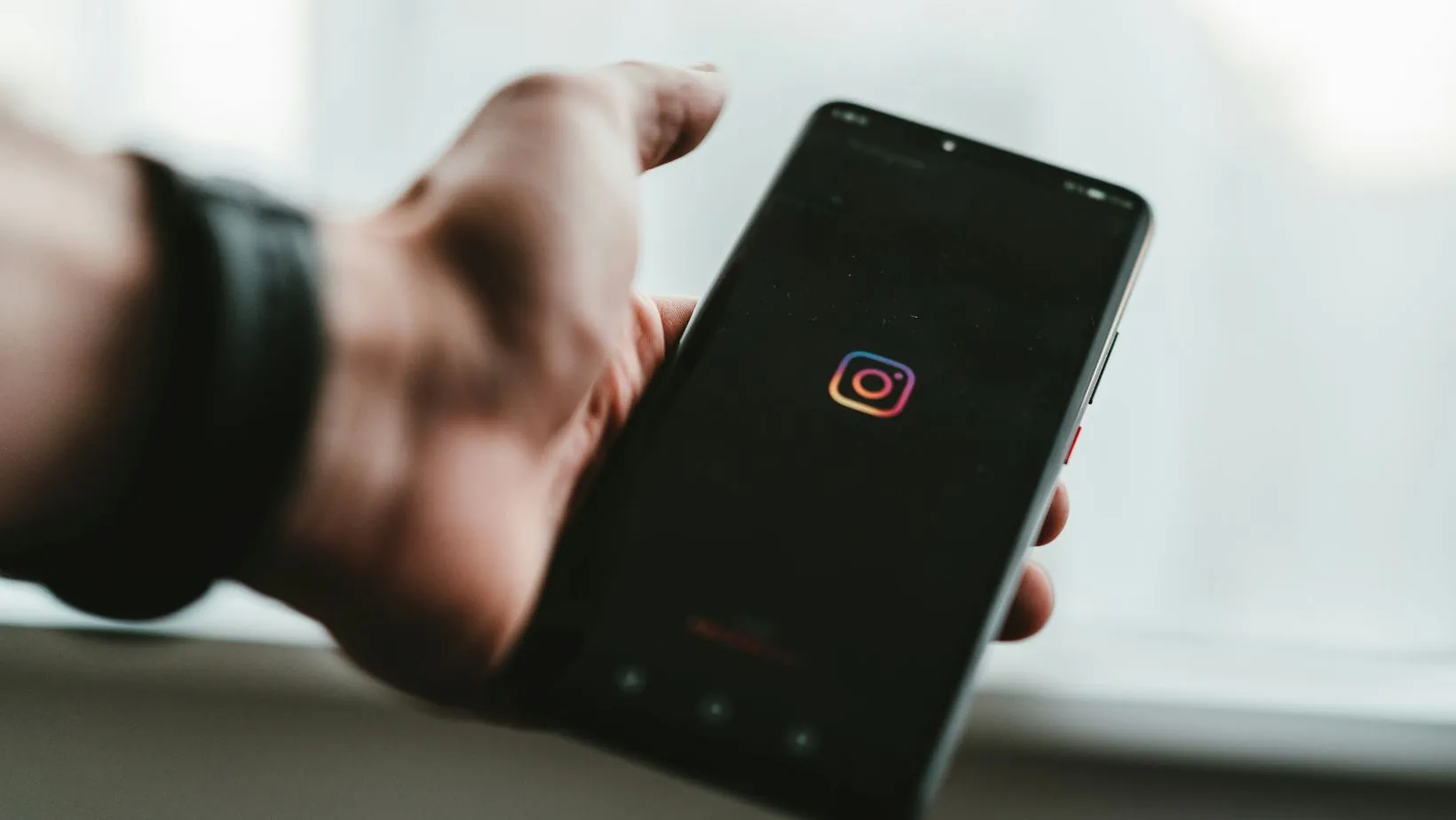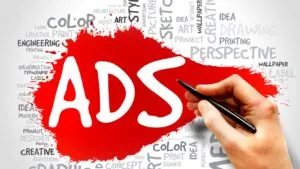Calculating the true performance of your content on social media is crucial, especially as platform algorithms prioritize meaningful interactions. The single most reliable metric for assessing content effectiveness and audience loyalty on Instagram is the Engagement Rate (ER). To get an accurate, modern measure of your audience’s interaction, you need an up-to-date formula. A dedicated Instagram engagement rate calculator utilizes various formulas often focusing on reach or followers to provide a percentage that reflects how actively your audience responds to your posts. Understanding and consistently tracking this rate is the foundation of any successful social media marketing strategy, enabling brands and creators to optimize their content for maximum visibility and community growth in 2025.
Why the Engagement Rate Matters in 2025
The Instagram algorithm is highly sophisticated, rewarding content that generates genuine interaction. Your Instagram engagement rate (ER) signals to the platform that your content is valuable, leading to greater organic reach. In 2025, where competition for attention is fiercer than ever, a high ER is the key to achieving superior content marketing performance and proving your account’s authority.
The Problem with the Follower-Based Formula
Traditionally, ER was calculated based on your total follower count. However, with large accounts seeing low organic reach and the prevalence of fake or inactive followers, this metric is often inflated and misleading.
| Formula Type | Metric Used as Denominator | Pros | Cons |
| Follower-Based ER | Total Followers | Simple, easy to track historical performance. | Highly inaccurate for current reach, skewed by inactive users. |
| Reach-Based ER | Post Reach (Impressions/2) | Most accurate measure of content effectiveness; reflects genuine audience interest. | Data fluctuates with algorithm changes, harder to compare across time. |
| Impression-Based ER | Total Impressions | Best for measuring the efficiency of paid campaigns. | Skewed by repeat views from the same user. |
The Modern and Most Accurate Way to Calculate Your ER

To truly measure content performance and understand the effectiveness of your Instagram strategy, you must prioritize the Reach-Based Engagement Rate. This metric shows what percentage of people who actually saw your content decided to interact with it.
The Reach-Based Engagement Rate Formula
The industry standard for measuring true content quality in 2025 is the Reach-Based ER. This formula provides the most actionable data for social media analytics and optimization.
Reach-Based ER=Total ReachTotal Engagements×100
Where:
- Total Engagements = Likes + Comments + Shares + Saves
- Total Reach = The unique number of accounts that saw the post.
To find your average monthly ER, sum the engagements and reach for all your posts during that month and divide them by the total number of posts, then apply the formula.
Why Shares and Saves are High-Value Metrics
In 2025, not all engagements are weighted equally. The algorithm gives significantly more value to actions that demonstrate high intent and future re-engagement.
The Hierarchy of Engagement Value
- Saves: Indicates a user found the content so valuable they want to return to it. This is a very strong signal of quality and utility.
- Shares (DMs/Stories): Shows the content is compelling enough to be shared privately or publicly, driving external traffic and new eyes to your profile (organic growth strategy).
- Comments: Represents a direct conversation and effort from the user.
- Likes: The baseline metric; important, but less weighted than the others.
By focusing your content creation efforts on eliciting Shares and Saves (e.g., highly informational carousel posts, inspiring quotes, or utility-driven tutorials), you can accelerate your Instagram engagement rate.
Optimizing for Higher Engagement: A Semantic Approach
A high engagement rate is the outcome of a holistic digital marketing strategy that aligns content with audience behavior.
Audience Segmentation and Content Pillars
Effective audience analysis is the first step to boosting your ER. You must identify what content resonates with your core demographic.
Aligning Content to Audience Needs
- Analyze Demographics: Use Instagram Insights to identify the age, location, and active times of your true followers. Post when your core audience is online to maximize initial reach.
- Establish Content Pillars: Group your content into 3-5 distinct themes (e.g., Education, Entertainment, Behind-the-Scenes, Product Demos). Track the ER for each pillar to systematically eliminate underperforming types and double down on high-performing ones. This is critical for Instagram marketing success.
The Strategic Use of Features for Maximum Interaction
Instagram features are specifically designed to increase the surface area for interaction. Your social media strategy should maximize their use.
Leveraging High-ER Features
- Reels (Short-Form Video Marketing): Reels consistently offer the highest reach and discovery potential, often reaching non-followers. The speed and entertainment factor lead to high consumption rates.
- Carousel Posts (Informational Value): Carousels generate high Saves because they are inherently educational and designed to be revisited. They also increase dwell time (the amount of time a user spends on your post), which is a key algorithm signal.
- Stories Stickers (Direct Interaction): Use Polls, Quizzes, and Question stickers frequently. These are low-effort engagement prompts that boost interaction and provide valuable market research insights.
Consistency and Authenticity for Organic Growth
Consistency in posting and authenticity in voice are foundational, often overlooked aspects of organic growth strategy.
- The Posting Cadence: Maintain a predictable schedule. The algorithm rewards accounts that contribute reliably to the platform. Posting 3-5 times a week ensures you constantly test new content without overwhelming your audience.
- Authentic Voice and Community Building: Reply to comments and DMs promptly. User-Generated Content (UGC) and behind-the-scenes glimpses build trust, turning passive followers into active community members and fueling a virtuous cycle of higher Instagram engagement rate.
Frequently Asked Questions (FAQ) about Instagram Engagement Rate
1. What is considered a “good” Instagram engagement rate in 2025?
While this varies by industry and follower size, a good Instagram engagement rate in 2025 is generally considered to be:
- Small/Micro Accounts (1k – 10k Followers): 4% to 8%
- Medium Accounts (10k – 100k Followers): 2% to 4%
- Large Accounts (100k+ Followers): 1.5% to 3%
If you are measuring a Reach-Based ER, aiming for over 10% is excellent, as it reflects high relevance to the people who actually saw your content.
2. Should I focus on the follower-based or reach-based ER?
You should focus your content marketing performance analysis almost exclusively on the Reach-Based ER. It is the most accurate indicator of content quality because it factors out dormant followers and reflects the true organic performance dictated by the current algorithm. Use the Follower-Based ER only for long-term historical comparison or to quickly compare against industry benchmarks.
3. Does post format (Reels vs. Feed Post) affect my ER?
Yes, significantly. In 2025, Instagram is heavily prioritizing video, especially short-form content. Reels typically generate a much higher Reach-Based ER because they are prioritized in the Discovery tab, reaching a broader, more engaged, non-follower audience. A well-executed Reels strategy is essential for boosting overall account engagement and discovery.
4. How quickly should I expect to see an improvement in my engagement rate after optimization?
You should start seeing measurable improvement in your Reach-Based ER within 4 to 6 weeks of implementing a consistent Google Ads optimization strategy (e.g., shifting to a high-ER content pillar, improving ad copy, and posting at optimal times). Algorithms reward consistency, so sustained positive results typically become apparent after 3 months.
5. Do Story interactions count toward the engagement rate calculation?
Yes, but they are typically calculated separately from feed post engagement. Story-specific interactions (Poll votes, Quiz responses, Link clicks, Replies) are crucial for overall social media analytics because they demonstrate active interest. To calculate a holistic account ER, you must track both feed post engagement (using the Reach-Based ER formula) and the Story engagement rate (Story Stickers interactions / Story Reach).





